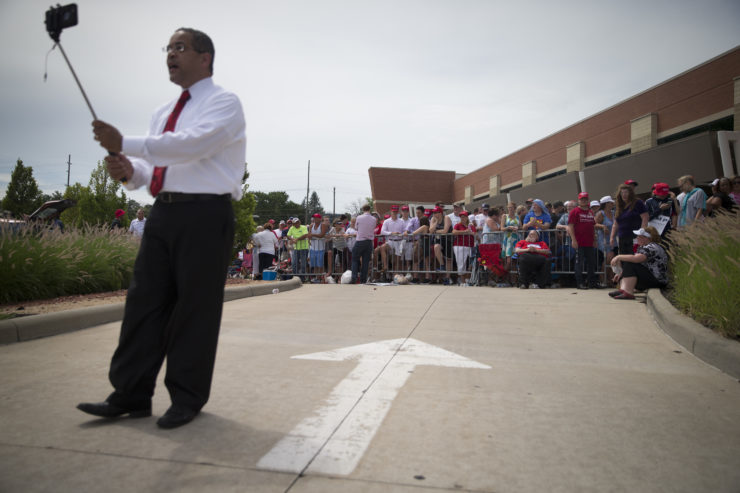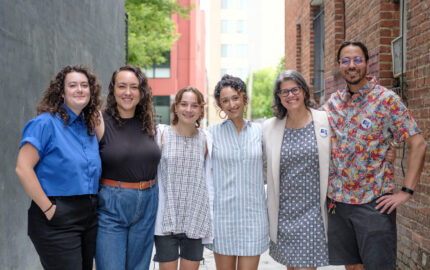Many post-election observers have lambasted the national news media, the so-called coastal media elites, for missing the breadth of support for Donald Trump among white working- and lower middle-class voters living outside of major urban-suburban areas. Such criticism obscures a more important point. The stories of disaffected citizens in rural areas and small cities have been simmering for years, largely untold by local news organizations.
Newspapers, the backbone of local and regional journalism, have cut thousands of reporters and editors in the past decade, greatly diminishing their capacity to consistently and deeply cover residents’ lives and their political institutions, from school boards to state legislatures. We still see some superb local journalism. But even the best local newspapers struggle to fully and meaningfully cover their communities on a daily basis—work that, over time, reveals a community and a state to itself and its leaders.
It requires attentive listening to diverse sources, dogged examination of data and other records, and close observation of government at work. It takes time and skill, and requires on-site support of editors and other news leaders who live in the community and care about it. It does not guarantee publishers a return in eye-popping digital audience numbers.
In truth, journalists from big coastal news media, with a few exceptions, have never done a good job of covering people in the vast middle of the country. I know this well from decades of living and working as a journalist in Midwestern states as a reporter, editor, and vice president for news for a company with dozens of newspapers in small and mid-size cities across the country.
But big media journalists once routinely reviewed and absorbed the work of colleagues at good local newspapers, especially regional newspapers that excelled at statewide coverage. Journalism from smaller newspapers informed that of larger ones. The Associated Press (and others, to a lesser degree) connected each to the other’s journalism and offered its own robust state reports, too.
Today, less local journalism—and less meaningful journalism—moves through a diminished network. Perhaps under the old scenario, the growing disaffection of rural and small-city residents would have been widely recognized much earlier. So might another under-reported story: the apparent willingness of many people, across the country, to tolerate bigotry and misogyny. This, too, is a story for local, as well as national, journalists.
We will not go back to a nation covered by well-staffed local newspapers, though one hopes newsrooms will, nevertheless, include more journalists of color at all levels and women in senior leadership roles.
The question is: What can be done to strengthen local, professional journalism and tighten its connection to communities? It’s an important question for all U.S. journalists, not just at newspapers, and for the nation as a whole.
Increasing collaboration and partnerships among professional journalists at local newspapers, TV and radio stations, digital-only organizations and nonprofit news groups, both state-based and national, holds promise. Such work has started but must be accelerated and should identify approaches that both expand participants’ audiences and are financially sustainable.
Is it time to truly integrate the associations representing newspaper, TV, radio, and digital-only journalists? They could focus together on strengthening local journalism and fighting public confusion over fake versus real journalism. They could reinvent a way of ensuring that stories on the ground in local communities rise to the awareness of national journalists.
Can we identify and engage potential allies who are now especially motivated to emphasize the distinction between professional and fake journalism, be they social media companies, public libraries, academia, or others?
Does “engaged journalism,” a refined, digital-age descendant of 1990s’ civic journalism, offer hope? Geneva Overholser, in “How to Best Serve Communities: Reflections on Civic Journalism," provides valuable lessons for advocates of today’s engaged journalism seeking to better represent their communities.
No matter the tactics we pursue, our starting point must be an affirmation of the importance of deeply reported, professional local journalism as an essential force in our democracy.



